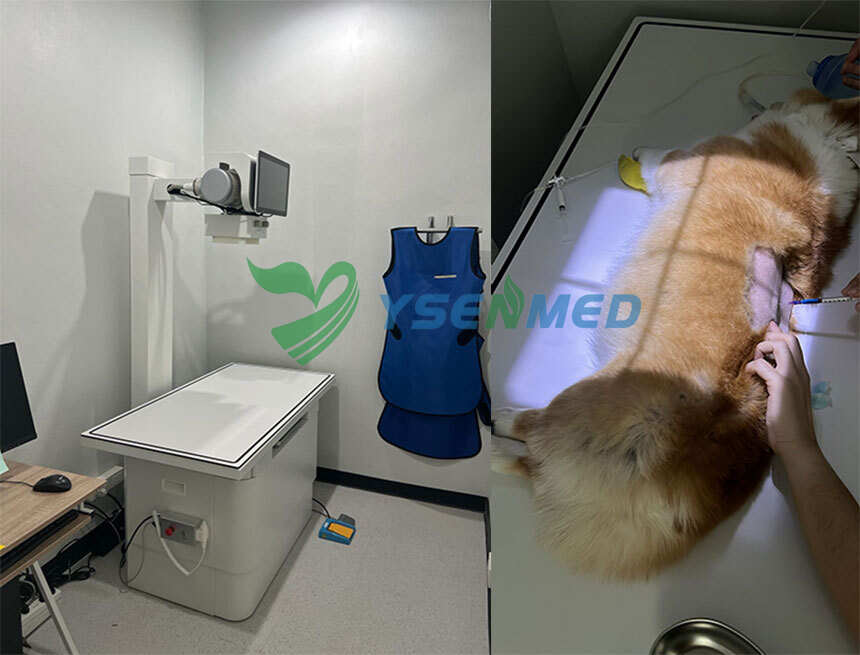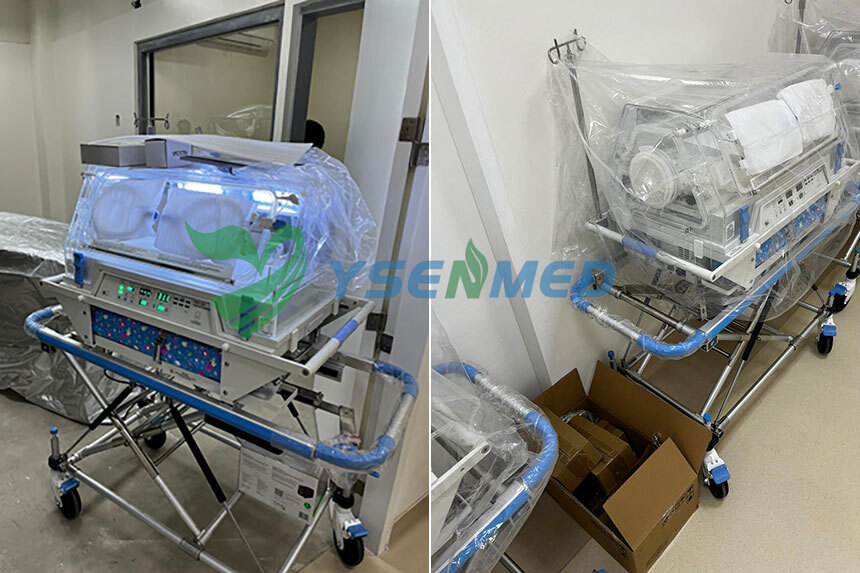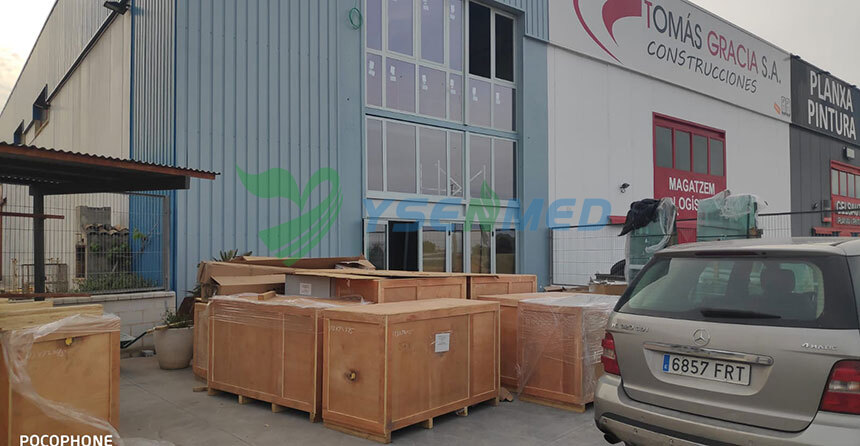I. Introduction
Importance of ICU ventilators in critical care
II. How ICU Ventilators Work
Overview of the mechanical ventilation process
Types of ventilators
Components of a ventilator
III. Indications for Mechanical Ventilation
Respiratory failure
Acute respiratory distress syndrome (ARDS)
Chronic obstructive pulmonary disease (COPD)
Asthma
Pneumonia
Other conditions that may require mechanical ventilation
IV. Modes of Mechanical Ventilation
Pressure-controlled ventilation
Volume-controlled ventilation
Assist-control ventilation
Pressure-support ventilation
V. Risks and Complications of Mechanical Ventilation
Barotrauma
Volutrauma
Ventilator-associated pneumonia (VAP)
Sedation and delirium
VI. Monitoring Patients on Mechanical Ventilation
Vital signs monitoring
Blood gas analysis
Chest X-rays
VII. Weaning from Mechanical Ventilation
Criteria for weaning
Weaning techniques
VIII. Conclusion
Summary of the role of ICU ventilators in critical care
Future developments in mechanical ventilation technology
IX. Benefits and Limitations of ICU Ventilators
Improved oxygenation and ventilation
Support for patients with respiratory failure
Challenges and limitations of mechanical ventilation
X. Advanced Features and Technologies in ICU Ventilators
High-frequency oscillatory ventilation (HFOV)
Non-invasive ventilation (NIV)
Adaptive servo-ventilation (ASV)
Extracorporeal membrane oxygenation (ECMO)
XI. Considerations in Ventilator Management
Selection of appropriate ventilator settings
Adjusting parameters based on patient condition
Monitoring and adjusting sedation levels
XII. The Role of ICU Ventilators in COVID-19 Pandemic
Impact of COVID-19 on respiratory function
Increased demand for ventilators during the pandemic
Challenges and adaptations in ventilator management
XIII. Future Trends and Innovations in ICU Ventilators
Integration of artificial intelligence
Miniaturization and portability of ventilator devices
Enhanced patient-ventilator synchrony
XIV. Conclusion
Recap of the significance of ICU ventilators in critical care
Importance of ongoing research and development in the field
XV. Best Practices for Ventilator Care and Maintenance
Regular cleaning and disinfection protocols
Proper circuit management and humidification
Routine maintenance and troubleshooting
Staff training and education
XVI. Ethical Considerations in Ventilator Allocation
Allocation guidelines during resource scarcity
Ethical dilemmas in decision-making
Strategies for fair and equitable distribution
XVII. Cost Considerations and Healthcare System Impact
Financial implications of ICU ventilators
Healthcare system challenges and resource allocation
Cost-effectiveness analysis of ventilator use
XVIII. Patient Experience and Psychological Impact
Psychological effects of being on a ventilator
Communication challenges and strategies
Support for patients and families during ventilation
XIX. Research and Clinical Trials in Ventilator Therapy
Current studies and advancements in the field
Emerging therapies and interventions
Future directions for research and innovation
XX. Conclusion
Recap of the critical role of ICU ventilators in providing life-saving care
Importance of ongoing research, development, and collaboration in improving patient outcomes
ICU ventilators play an essential role in the critical care of patients. These medical devices are used to support patients who are unable to breathe on their own due to various medical conditions. In this blog post, we will discuss the importance of ICU ventilators in critical care and how they are used to improve patient outcomes.
ICU ventilators are used in the management of patients with respiratory failure, which can be caused by a range of medical conditions such as pneumonia, acute respiratory distress syndrome (ARDS), chronic obstructive pulmonary disease (COPD), and asthma. These medical devices help to provide mechanical ventilation to patients who are unable to breathe on their own. The ventilator delivers oxygen to the lungs and removes carbon dioxide from the body, allowing the patient to breathe more easily.
One of the most important roles of ICU ventilators is to support patients who are critically ill and require intensive care. These patients may be suffering from a range of conditions that require close monitoring and care, including sepsis, trauma, or acute respiratory distress syndrome. ICU ventilators help to provide life-sustaining support to these patients, allowing them to recover and heal.
ICU ventilators also play a vital role in the management of patients who require surgery. Patients who undergo surgery may require mechanical ventilation during and after the procedure, particularly if they are under general anesthesia. The ventilator helps to support the patient's breathing during the surgery and in the immediate postoperative period, allowing them to recover more quickly.
Another important use of ICU ventilators is in the management of patients with chronic respiratory conditions such as COPD or cystic fibrosis. These patients may require long-term mechanical ventilation to support their breathing and improve their quality of life. ICU ventilators can be used in these cases to provide continuous positive airway pressure (CPAP) or bilevel positive airway pressure (BiPAP) therapy, which helps to keep the airways open and improve breathing.
ICU ventilators are also used in the management of patients with COVID-19. The coronavirus pandemic has highlighted the importance of ICU ventilators in critical care, as many patients with severe cases of COVID-19 require mechanical ventilation to support their breathing. ICU ventilators have been instrumental in saving lives during the pandemic and have played a critical role in the management of COVID-19 patients.
In conclusion, ICU ventilators are an essential tool in critical care and have been instrumental in saving countless lives. These medical devices help to support patients who are unable to breathe on their own, allowing them to recover and heal. ICU ventilators are used in a range of medical conditions and play a vital role in the management of critically ill patients. As technology continues to advance, we can expect
ICU ventilators to become even more sophisticated and effective in supporting patient care.




